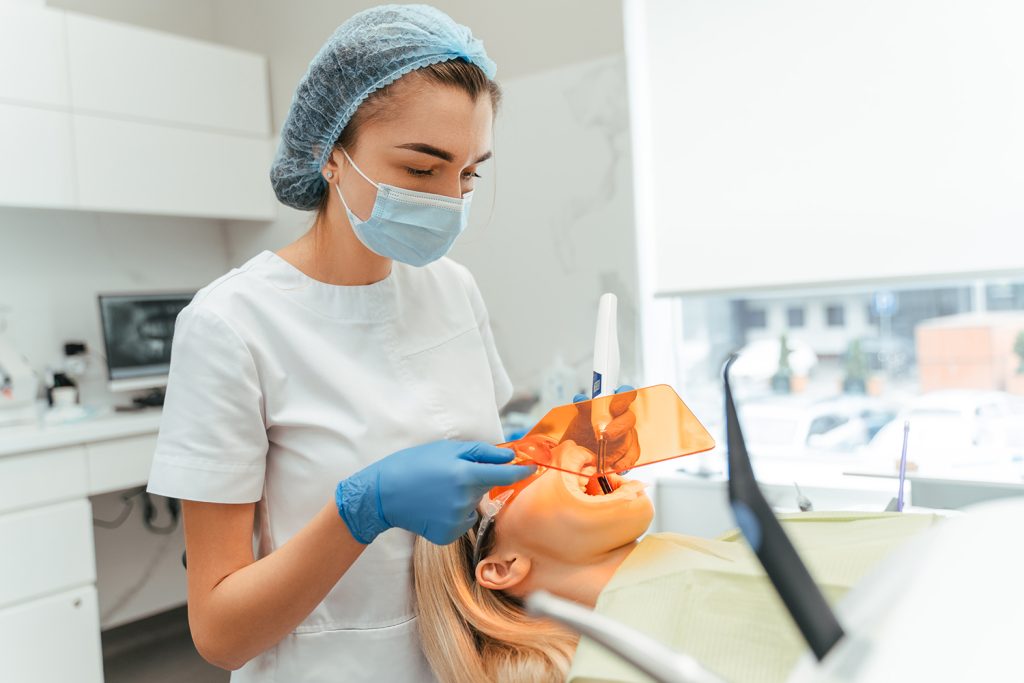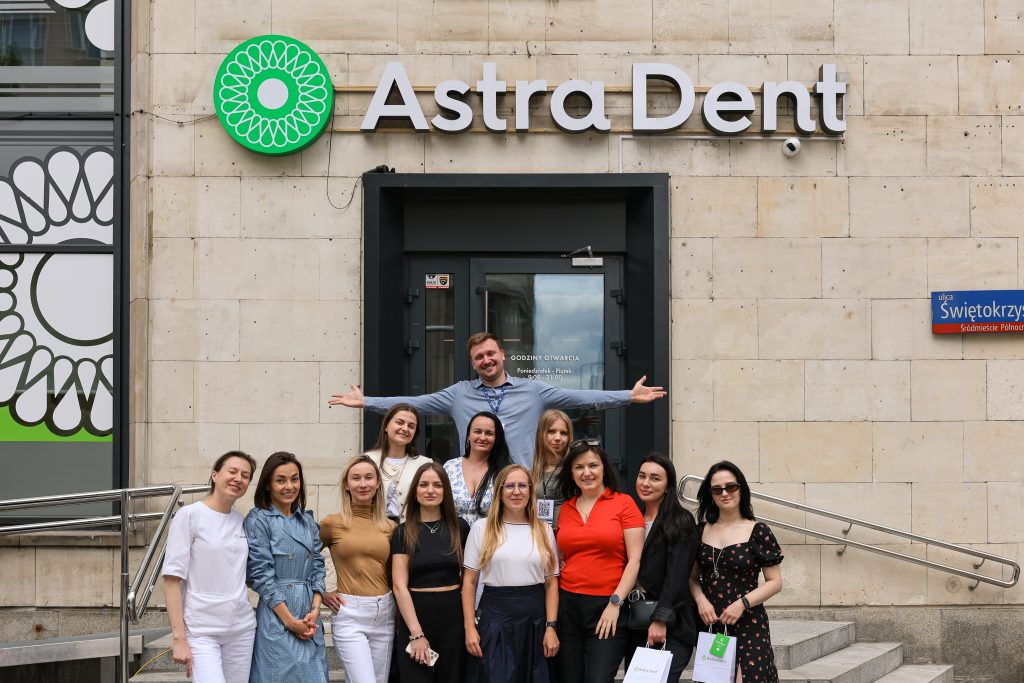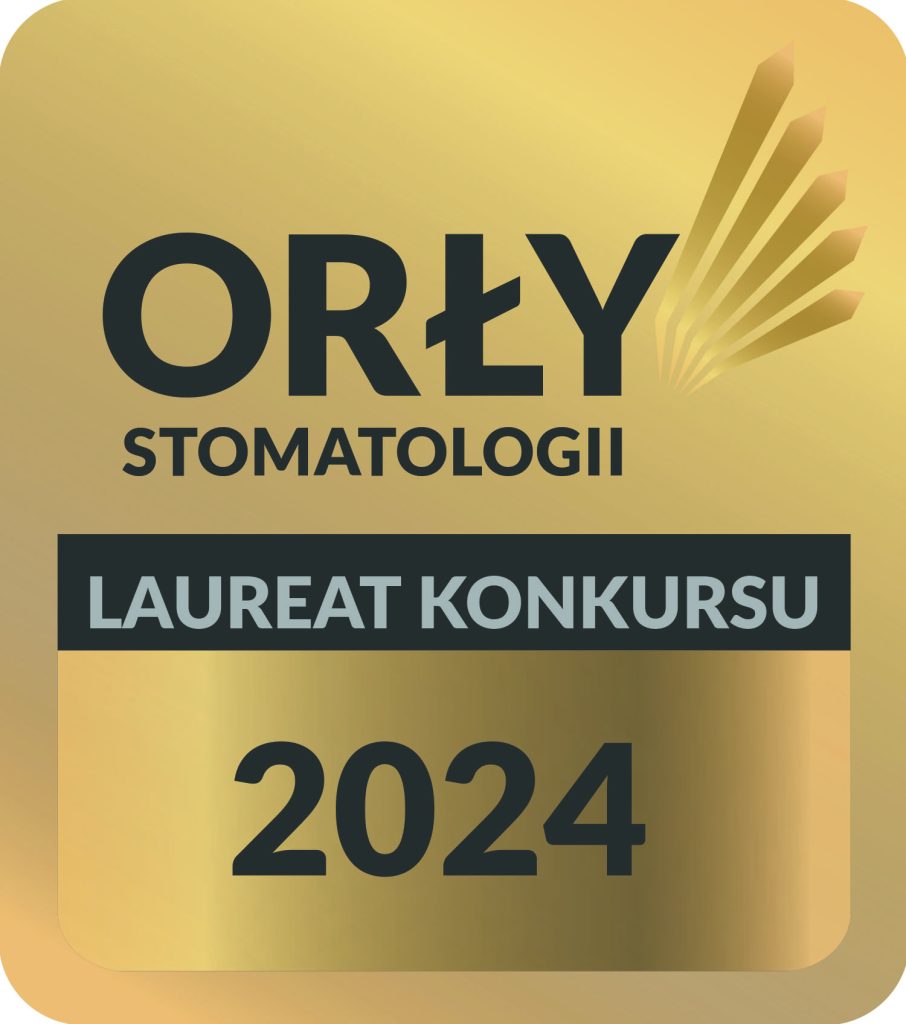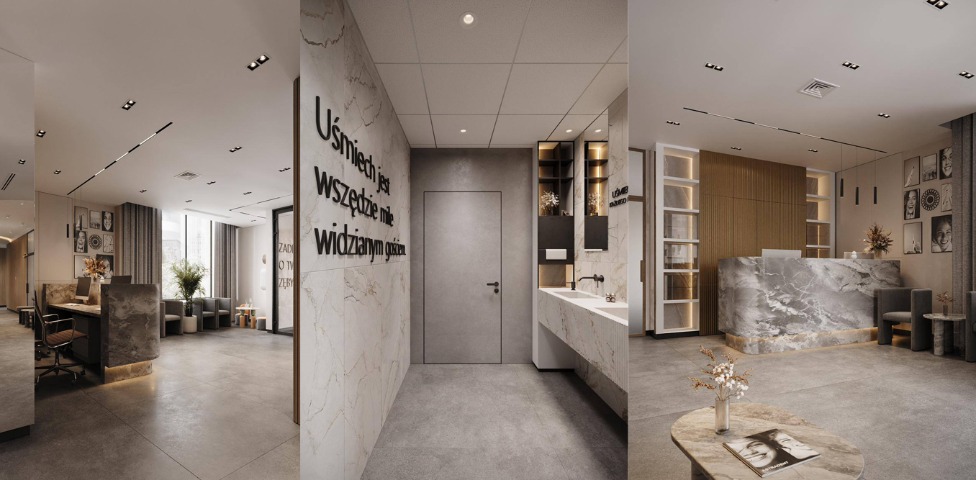satisfied patients
Dental fillings
Book a visit
Dental services in Warsaw
Our prices
| Dental fillings | |
|
Consultation with treatment plan
from 220 zł
Local/conduction anesthesia
from 50 zł
Dodatkowa ampułka
from 20 zł
OptraGate/OptraDam isolation
from 60 zł
Cofferdam (rubber dam) isolation
from 60 zł
from 370 zł
Сaries treatment on 2 surfaces of a tooth
from 420 zł
Treatment of caries on 3 surfaces of a tooth
from 520 zł
Grade 2 aesthetic reconstruction
from 550 zł
Class 2 aesthetic reconstruction
from 700 zł
from 750 zł
|
|
More on procedure
Dental fillings — what are they?
We use a dental filling to restore and protect the tooth. Most often, we use them to fill cavities caused by caries. The filling primarily protects the healed part of the tooth from further destruction and restores the function of the tooth, such as chewing.
The seal can be permanent or temporary. Permanent ones are installed at the end of the caries treatment process. Temporary fillings, on the contrary, are used to protect a tooth, the treatment of which is multi-stage and lasts longer than one day, for example, in implantology, prosthetics.
What types of fillings do we use at Astra Dent Warsaw?
At Astra Dent, we have a very wide range of fillings and can fully adapt them to the condition of the teeth and the needs of our patients. There are direct and indirect fillings. The most applied fillings are direct fillings, or light-curing fillings, known as conventional fillings. Indirect fillings, or orthopedic fillings, are made in a laboratory because they are created individually for each patient. The production process is a bit longer, but the indirect fillings we offer our patients are extremely durable and aesthetically pleasing.
We offer a wide selection of materials for direct and indirect restorations. For direct restorations, the choice of material also depends on whether the filling will be permanent or temporary.
The materials we use for direct permanent restorations include:
- composite materials — well-known restorations that do not require much time to install, and their color is corrected during treatment;
- glass ionomer cements — we use them mainly in the treatment of milk teeth or during prosthetics as a basis for fixing indirect restorations. Their great advantage is that they contain fluorine;
- compomer is a light- and thermoreactive mixture of glass ionomer cements and resin-based composites. This material is very plastic, so we can easily adapt it to the shape and color of the tooth. It can be used as a permanent or temporary restoration;
- silicone and silicone phosphate cements — because of their plasticity, we often use them as a base for permanent fillings.
For direct temporary restorations, our patients can choose:
- fexer — we often use this material for treatments that last more than one visit. Flexets provide excellent protection against ingress of food and liquids, and therefore excellent protection of the treated tooth.
- zinc oxide-eugenol cement — thanks to its properties, it is ideal for the treatment of deep parts of the tooth. It is not only very strong, but also has pain-relieving and antibacterial properties.
- gutta-percha — adheres very well to the surface of the tooth and hardens when interacting with saliva, making the treated part of the tooth safe. It perfectly isolates the tooth from hot and cold substances and has bactericidal properties.
- all light- and heat-curing materials for temporary fillings.
And as for indirect restorations, here the choice of materials is simply huge. We always discuss their properties in detail with our patients in order to choose the best solution. The most common materials we use for prosthetics are ceramic, porcelain and metal.
We use indirect fillings, especially in cases of large carious cavities or mechanical damage. We prepare them individually in our dental laboratory, and then attach them to the tooth using a special glue or dental cement. Intermediate fillings are divided into inlays (fixed in the case of internal carious cavities) and overlays (used in the case of large carious cavities, covering both the inner and outer parts of the tooth).
Until recently, it was also possible to use amalgam fillings (commonly known as “silver”), but since October 2022 they are prohibited in Poland. During the consultation, we will discuss with you in detail which solution is best for your cavities, taking into account all your needs.
newest equipment for treatment and disgnostics
positive patient reviews
minute walk from Świętokrzyska metro station
Best doctors
We employ only highly qualified doctors. Astra Dent dentists regularly attend professional master classes and internships in Ukraine and abroad.
All doctorsАкційні пропозиції

Specialist Consultation + CT Scan for 349 zł
Time to take care of your smile

Implant Megagen for 2500 zł only
This solution provides durability, comfort, and a natural look, allowing you to enjoy everyday comfort.

Professional Dental Cleaning 4in1 + Check-up for 350 zł
The end of the year is a moment when we all want to take a bit better care of ourselves. During the winter holiday season, we prepared a special and practical offer to make prevention even more accessible.

Surgical and implantology consultation with CT for PLN 350!
The special offer for PLN 350 is valid until July 31, 2025.






